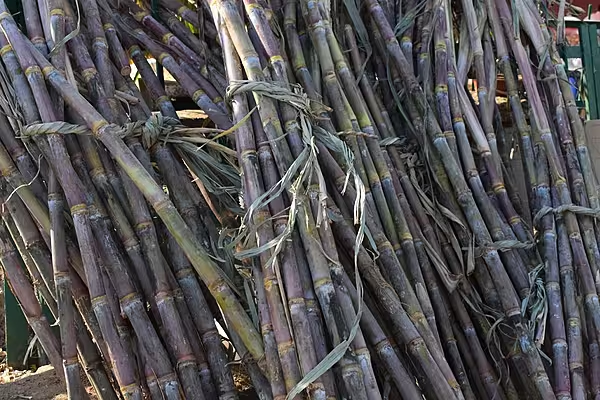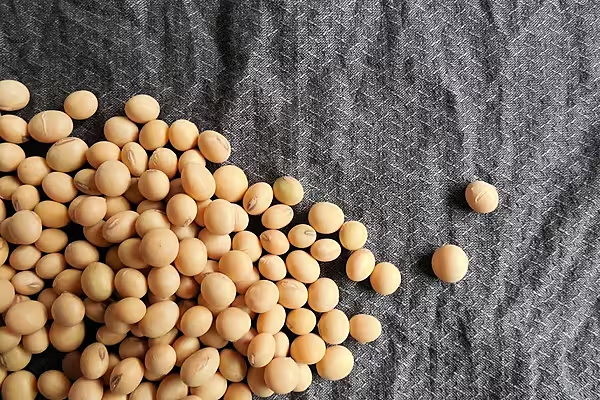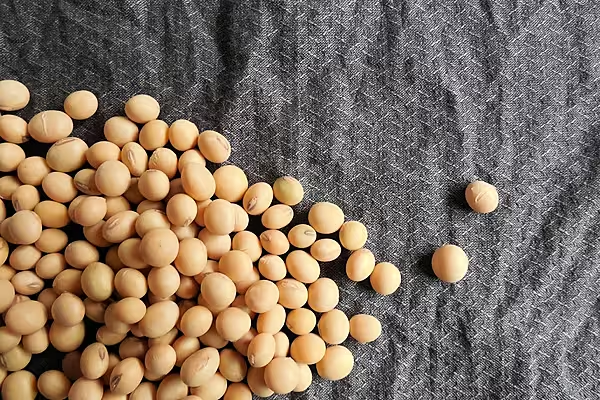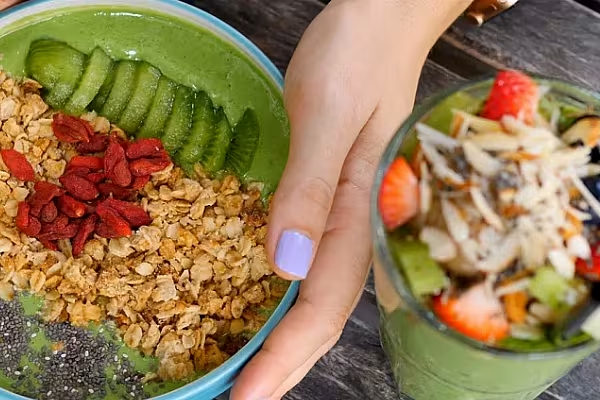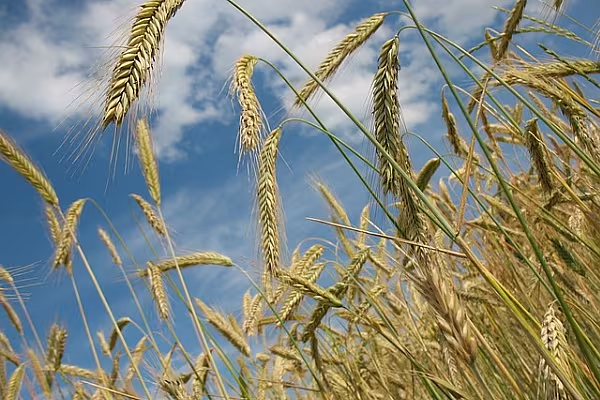Farmers in Brazil switched 300,000 hectares of agricultural land from sugarcane to mostly soybeans and corn in the 2021/22 season that ended in March in the world's largest sugar producer, as competition for land increased due to high prices for grains.
According to a report by government agency Conab released on Tuesday, the area planted with sugarcane in the country fell 3.5% in 2021/22 compared to the previous season to 8.32 million hectares (20.55 million acres).
Brazil's sugarcane area has been falling since it reached a peak of 9.05 million hectares in 2016/17, according to Conab data.
"It is hard to match the profitability of planting soybeans and corn in the same area," said Sergio De Zen, Conab's director for agricultural policy. "That is why it is difficult (for the sugar industry) to expand or even to maintain current sugarcane area," he said.
Alternate Planting
Most grain farmers in Brazil alternate planting of soybeans in the summer and corn Cc1 in the winter in a lucrative rotation as prices for both are near record highs.
Sugar prices are also good currently, not far from a five-year peak hit in November.
In the report, the last for the 2021/22 sugar season, Conab said Brazil's sugar production fell 15% from the previous crop to 35.05 million tonnes due to adverse weather and a smaller planted area.
Ethanol production from sugarcane fell 10% to 26.78 billion litres, but ethanol made from corn increased 15% to 3.47 billion litres as more corn ethanol plants come on stream in Brazil's grain belt in the centre-west.
Conab has yet to release an estimate for the new season sugar season that started in April. Other analysts expect a recovery in yields as rains improved compared with last year.
Read More: Brazil Poised To Expand Presence In World Wheat Trade
News by Reuters, edited by ESM – your source for the latest supply chain news. Click subscribe to sign up to ESM: European Supermarket Magazine.
